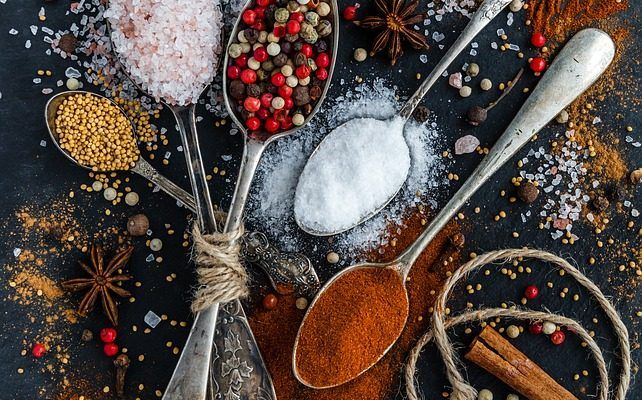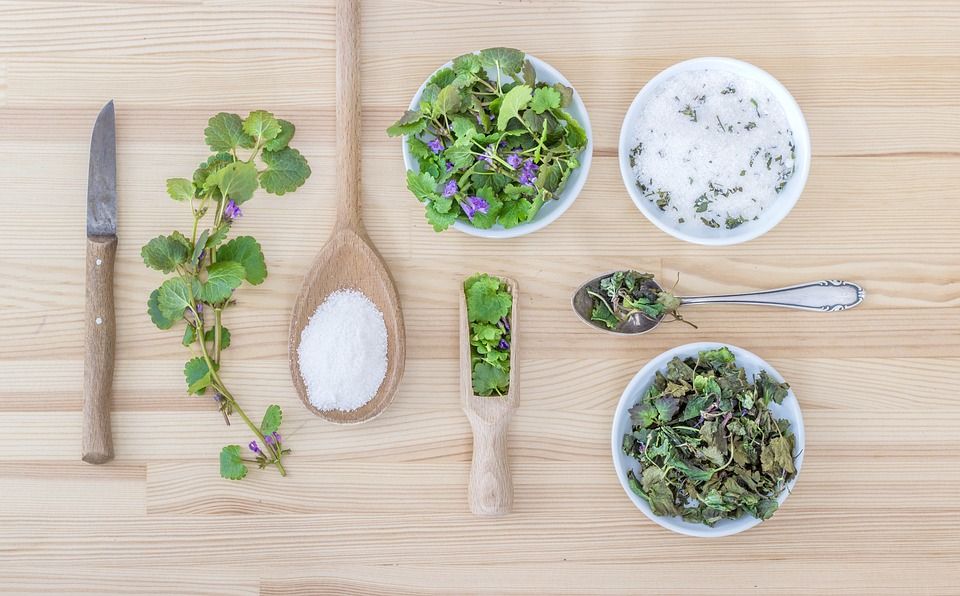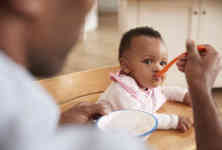
Having too much of salt-containing foods can have long-lasting effects. Consuming too much of sodium in daily diet can put the kid’s health at risk. Since at times it gets difficult to find out how much is too much so we tell you to look for few signs that indicate excessive salt intake
Excessive thirst
Sodium holds on water and more of salt means more of water as well. If your kid is unusually thirsty even without hot weather or much of physical exercise, evaluate the amount of salt in his diet. Keep a look at his meals at home and school.
Craving for salty food
Salt makes the food taste way better and it’s no surprise if your child craves for a bag of potato chips more than anything else. If your children do not like food with low-salt content add little parsley or pepper instead of salt to their food. Also try making sure that their school also serves low-sodium meals.

Yellow urine
While there are many reasons for yellow color of urine, but one main for the same is excessive sodium intake. Dark yellow urine is common in people of all ages and if you are not sure for your child, take him to the pediatrician to perform a urine test.
Stomach discomfort
Eating too much salt can also irritate the digestive tract that can lead to nausea, vomiting or diarrhea in kids. Children may complain of stomach pain after a high sodium meal, so keep a look. Many stomach issues can also cause dehydration so do not avoid when your child has stomach pain or chronic diarrhea.
Weight Gain
Studies have shown that weight gain can be associated with increased salt intake so if you feel your kid is extra pounds then so consult a doctor once.
Tip: Instead of salt try to enhance the flavour with lemon, basil, parsley and other herbs.





